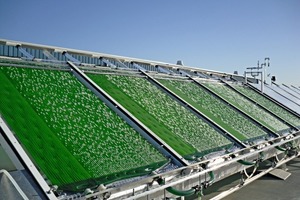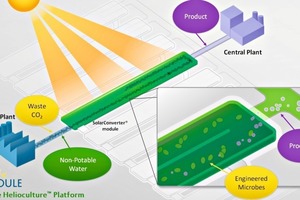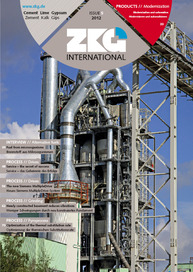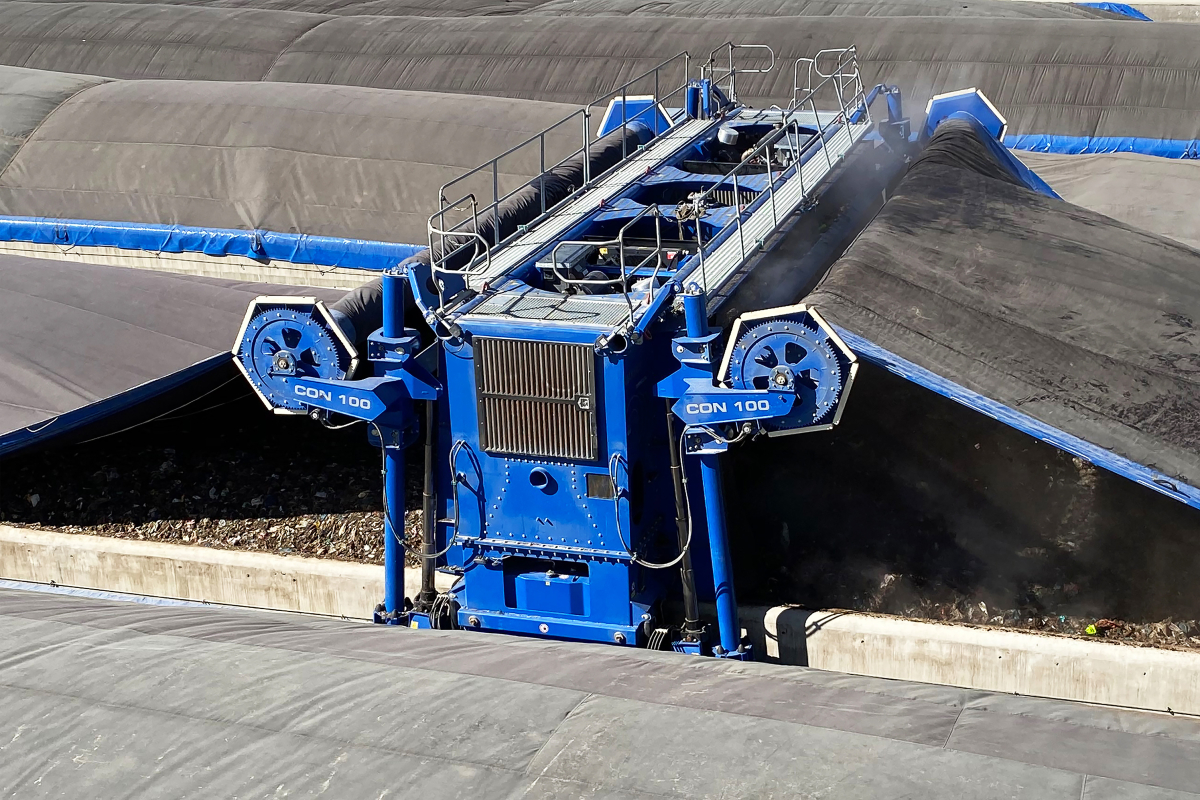Fuel from microorganisms
Currently everyone is talking about the processes of avoidance and conversion of CO2. For this purpose the CO2 has to be separated from the process and be compressed or used otherwise. The company Joule pursues an approach to use CO2. ZKG wanted to know some more details and interviewed Bill Sims, the president and managing director of Joule.
ZKG: Mr. Sims, could you briefly sum up how the technology works?
Bill Sims: Unlike renewable fuels that are derived from biomass, we have engineered a platform for the direct, single-step production of liquid fuels and chemicals from waste CO2 and sunlight. This platform, called Helioculture (see Box), avoids the feedstock constraints, complex processing and depletion of natural resources that have challenged the biofuels industry to date. The process incorporates proprietary microorganisms that are engineered as catalysts to directly produce and secrete fuel (or chemical) products continuously. The entire process takes place in our modular SolarConverter system (Fig. 1), with the ability to use non-arable land and non-potable water, at productivity rates that are expected to be up to 100x greater than biomass-dependent processes. For the cement industry, this provides a unique opportunity to partner with Joule and convert otherwise problematic CO2 emissions into valuable, renewable products and revenues.
ZKG: Is the technology already available at an industrial scale?
Bill Sims: Our process has been operating at pilot scale (Fig. 1) for nearly two years now, and we are currently building a facility intended for demonstration to scale-up to commercial production. This facility will begin initial operations this summer. We expect to begin commercial production in 2013, and are actively seeking CO2 suppliers both within and outside of the United States. We see a great deal of opportunity to deploy plants in Europe, where CO2 regulations are already in place. We offer a more cost-efficient solution for industrial CO2 emitters (like cement plants) that actually upcycles CO2 rather than storing it in the ground.
ZKG: What is the overall energy balance of the system, how much energy must be inserted to get the fuel or product out?
Bill Sims: Our process is net energy positive, meaning we produce more energy than the amount of fossil energy we consume. The process differs from the energy-intensive processes associated with growing, harvesting and converting biomass into fuel. It directly leads from waste CO2 and sunlight to fuel.
ZKG: Which types of products can be produced?
Bill Sims: Our first products targeted for commercialization are ethanol and hydrocarbon diesel (as opposed to biodiesel, which is chemically composed of fatty acyl esters). We also have the ability to make a number of chemicals that are conventionally derived from petroleum.
ZKG: For which industrial applications can the product be used?
Bill Sims: Our primary target is the market for transportation fuels, where infrastructure-compatible alternatives to fossil fuel are increasingly in demand. Including available subsidies, we expect to deliver ethanol and diesel at the highly-competitive costs of 0.60 US$/gallon and 20 US$/barrel respectively.
ZKG: When implementing in a cement plant, what would be the conditions and which changes in the plant design have to be applied?
Bill Sims: We intend to use the CO2 emissions from cement plants, but our process does not affect the actual design of those plants. We only need to implement a method of capturing and transporting the CO2. The quality of the flue gas will depend on the fuel that is used in the kiln, but we generally find that we can use it without additional scrubbing. For ease of transport, we’d prefer to site our facilities reasonably close to the CO2-emitting plants.
ZKG: What would be the terms and conditions to use the method?
Bill Sims: We are exploring multiple forms of partnerships as we look to identify sites for Joule production facilities, and the terms will vary according to project. Because our system is modular and highly scalable, we have the opportunity to start with small projects (250 acres) and rapidly expand to 1000 acres or more. We have the ability to use non-arable land and brackish- or waste-water, and since CO2 and sunlight are abundantly available, we can site our facilities in many regions around the world. Because the cement industry is accountable for about 5 % of global man-made CO2 emissions, we believe it’s an ideal sector for Joule to form partnerships that are mutually rewarding.
ZKG: Thank you for the interview.
www.jouleunlimited.com






